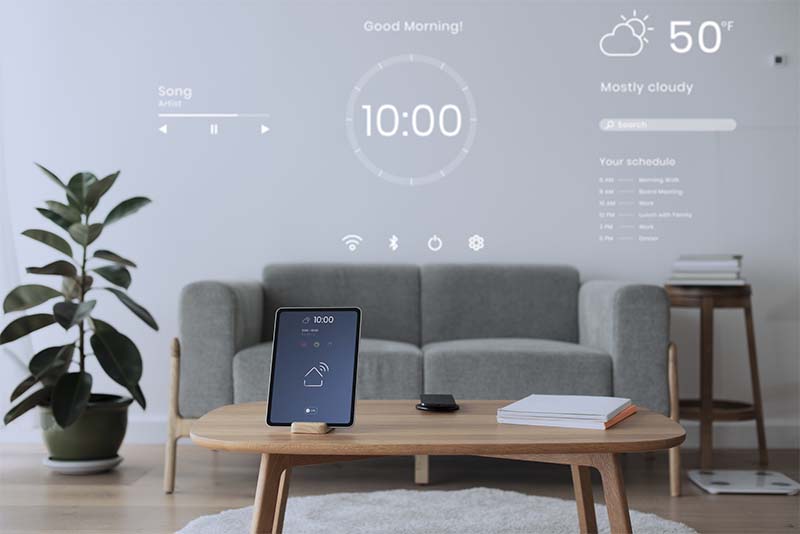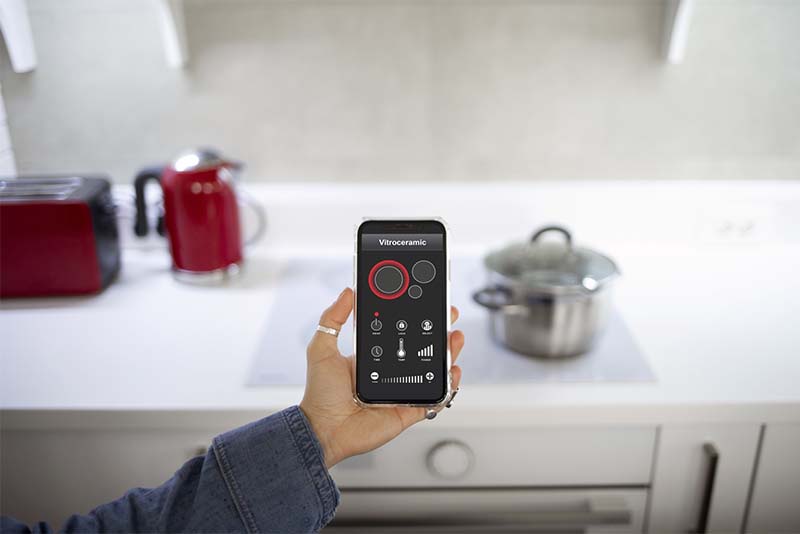

Unbox Your Device
The first step in setting up your Alexa device is to unbox it carefully and prepare it for setup. Whether you’ve purchased an Echo Dot, Echo Show, or another Alexa-enabled device, the unboxing process is generally straightforward.
Begin by locating a clean, flat surface to place your box on. Gently open the outer packaging by removing any seals or stickers. Inside, you’ll typically find the Alexa device itself, a power adapter, and a small set of instructions or a quick-start guide. Some models may include additional accessories, but for most, it’s just the device and the power cable.
Take a moment to inspect your Alexa device. Most models have a sleek, modern design, with microphones and control buttons on the top surface. The bottom or back of the device will have the power port and possibly an audio-out port, depending on the model.
Before plugging in your device, identify a suitable location in your home. Ideally, place Alexa on a stable surface like a shelf, kitchen counter, or bedside table. It should be positioned in an open space, away from walls or electronic interference, to allow the microphones to clearly pick up your voice. Try to avoid placing it too close to windows, TVs, or noisy appliances, which could disrupt its ability to hear you accurately.
Next, remove the protective plastic films from the device, if any, and unwrap the power adapter. Plug one end of the adapter into the Alexa device and the other into a nearby wall outlet. The device should light up — usually with a spinning orange ring — indicating that it’s in setup mode and ready to be paired with the Alexa app on your phone.
By unboxing and placing your Alexa thoughtfully, you’re laying the foundation for a smoother setup experience and better voice recognition in daily use.



